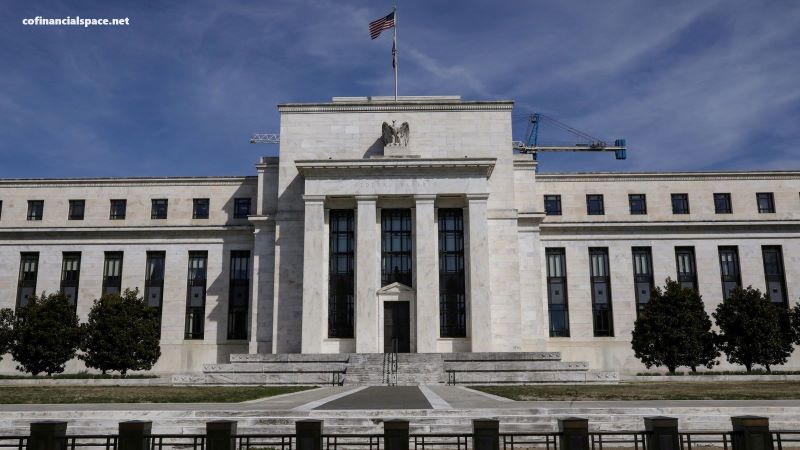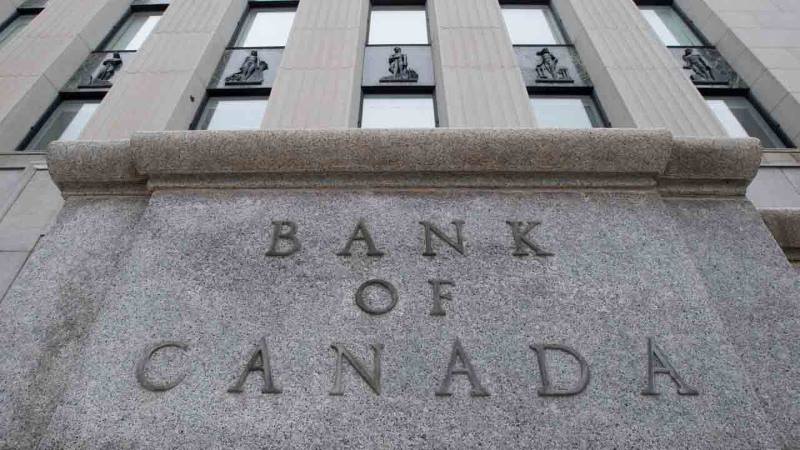Economy
Bank of Canada Reductions Linked to U.S. Employment Weakness
Markets are bracing for significant shifts in monetary policy as analysts predict that the Bank of Canada (BoC) will implement interest rate cuts at all remaining meetings this year. The catalyst for this expectation is the recent unexpected increase in the US unemployment rate, which rose to 4.3% on Friday, prompting swift adjustments in market strategies. These adjustments suggest deeper rate reductions from the Federal Reserve for 2024, as traders recalibrate their expectations for the future of interest rates in the wake of the US labor market’s loosening.
Impact of US Economic Trends on Canada
Governor Tiff Macklem emphasizes the independence of the Bank of Canada. However, Canadian and US economies are interconnected. Rate cuts in the US could help normalize Canadian borrowing costs. This approach minimizes the risk of significant currency divergence. As the US faces economic weaknesses, the Bank of Canada can adjust its policies more easily.
Benjamin Reitzes, a rates and macro strategist at the Bank of Montreal, shared his perspective on the US economy. He stated that a slowing US economy creates opportunities for the Bank of Canada. If the Federal Reserve cuts rates, the Bank of Canada can adjust its policies toward a neutral stance.
Bond Market Reactions
The US economic data has impacted Canadian bond markets significantly. Bond prices surged, while yields on Canadian five-year notes dropped notably. Yields fell by 13 basis points to 2.89%. This marks the lowest level since May 2023. Traders expect three additional rate cuts from the Bank of Canada this year.
A Shift in Economic Forecasts
A Bloomberg survey from mid-July had previously suggested that the BoC would reduce its key policy rate from 4.5% to 3% by the end of the next year. However, Doug Porter from the Bank of Montreal has since revised his forecast, now projecting that Macklem will cut the policy rate at each of the next four meetings, bringing it down to 3.5% by January and ultimately to 3% by mid-2025. “This implies that the bank will reach the anticipated endpoint more than six months ahead of schedule,” Porter noted.
Inflationary Pressures and Housing Market Concerns
The Bank of Canada has led rate reductions among the Group of Seven nations recently. It cut rates twice as inflation eases. This proactive strategy raised concerns about potential currency divergence initially. However, these worries are subsiding over time. The gap between US and Canadian rates is narrowing steadily. This trend may mitigate earlier concerns regarding currency fluctuations.
However, the recent global bond rally poses potential inflation risks for Canada. With a majority of fixed-rate mortgages in the country set for terms of five years or less, a sustained decline in yields could ignite a rebound in the housing market. This potential resurgence in home prices could complicate the inflationary landscape that the BoC has previously deemed manageable.

Federal Reserve Hints at Rate Cuts Amid Inflation Progress
On Wednesday, Federal Reserve officials decided to maintain the current interest rates, signaling a cautious approach to potential future…
Expectations for Labor Market Data
Adding to the complexity, the Bank of Canada released a survey on Friday revealing a notable shift in economists’ expectations for five-year yields, with the median forecast rising to 3.28% by the end of 2024. In terms of labor market dynamics, Canada’s unemployment rate, which differs in calculation from the US rate, increased to 6.4% in June, reflecting a 1.4 percentage point rise since the beginning of 2023.
Looking Ahead Anticipated Releases
As economists await Statistics Canada’s release of July labor force data next Friday, predictions indicate a further increase to 6.5%. This upcoming data release will provide crucial insights into the evolving economic landscape and its implications for monetary policy in Canada, as market participants continue to monitor how these trends may influence future decisions by the Bank of Canada.
Enjoy a 2-year digital subscription to The Economist and The Wall Street Journal for daily news. Access The Economist Today, Weekly, Archives, and more on iOS, Android, PC, or Mac. Sign up now for 77% off the retail price!

